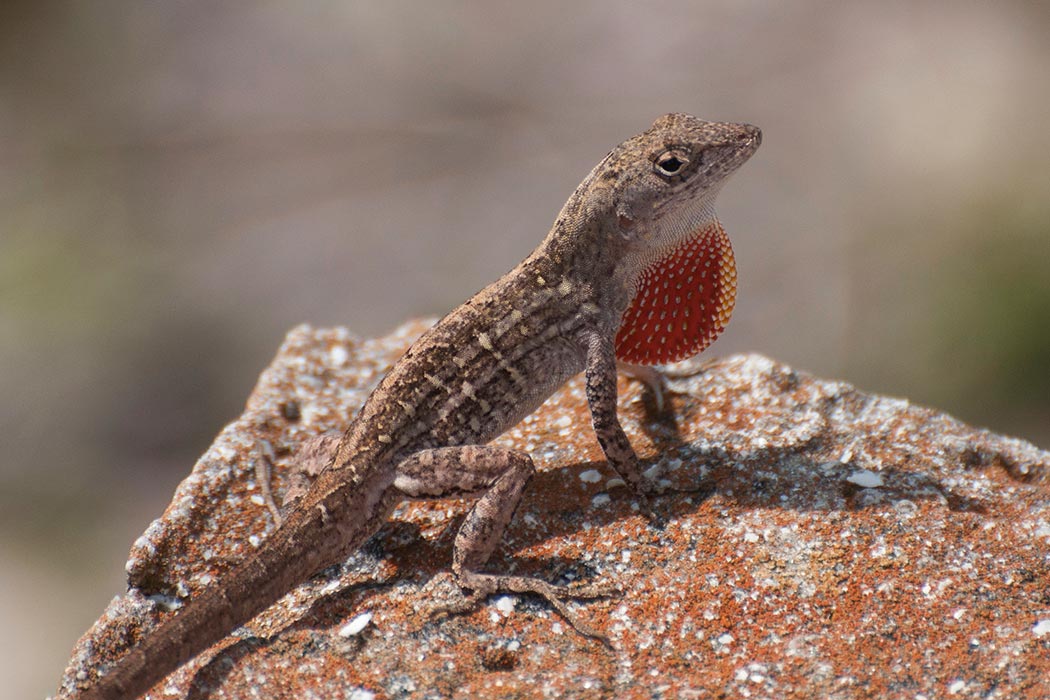When faced with an invasive competitor, Florida anole lizards took only 15 years to evolve a response, according to a long-term experiment reported by the New York Times. In the experiment, scientists introduced the brown anole lizard to a few small, isolated islands previously uninhabited only by green anole lizards. The green anoles responded by climbing higher in trees, away from the brown anoles, and after a scant 15 years, the green anole lizards had evolved better climbing structures on their feet. Green lizards on neighboring islands without brown anoles showed no change in foot structure. While this was just an experiment, it mirrors real life, where species are faced with new competition from introduced species all the time. However, it’s not just introduced species that can drive evolutionary change.
In a 2009 article, F.W. Allendorf and J.J. Hard describe some of the ways that the actions of humans have accelerated evolution. The scary thing is that while the lizard experiment deals with a small population, and thus more prone to rapid changes due to a smaller gene pool, humans can influence evolution on a much larger scale.
Another example from the PNAS article is the Atlantic cod. Cod have traditionally been fished based on size, and since fishing is so widespread, it impacts almost the entire Atlantic cod population. The largest fish are selectively caught, creating strong selection pressure in favor of fish that mature and breed at smaller sizes (allowing them to more easily pass on their genes before being netted). Since in many species larger fish produce a disproportionate share of the young, the removal of the larger fish speeds up the evolutionary process even more. There’s some controversy about whether the shrinking results from fishing pressure or climate change but either way it’s clear that human influence is responsible.
What can be done about this? There are some management techniques that might help, such as “slot-limits,” which limits harvest to a certain size range is allowed, rather than just taking the biggest and strongest. More effective still is to simply limit pressure on populations through reduced fishing and hunting, and making all efforts to limit introducing species to new environments. However, the politics, economics, and even the science surrounding these practices are complicated.
For the moment, the lizard’s rapid adaptation might be taken as a hopeful sign, since life finds a way to adapt and hopefully survive in spite of humanity’s best efforts. That’s assuming, however, that humans don’t adapt too.







